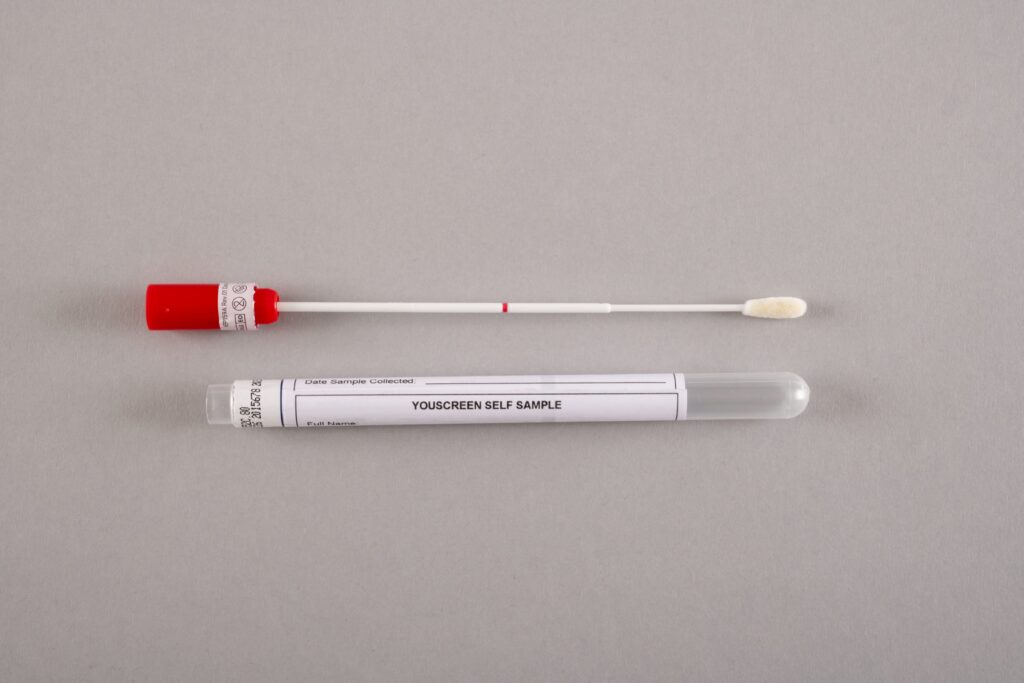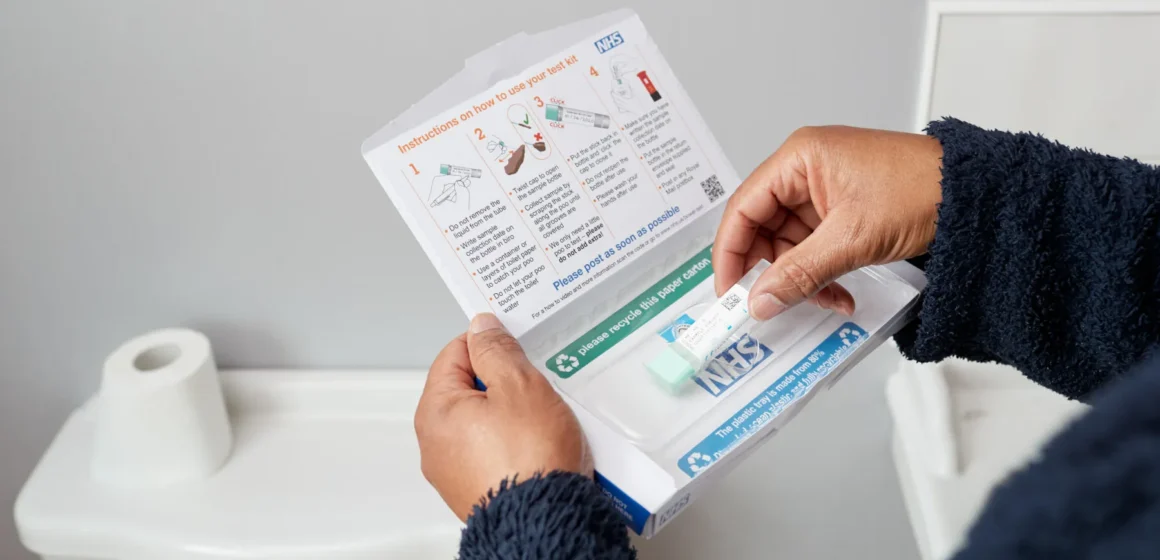Cervical cancer is one of the most common types of cancer in women, but it can be prevented with early detection. In the UK, the National Health Service (NHS) offers a cervical cancer screening test to catch any problems early. Starting soon, the NHS will offer these tests at home. This new change will make it easier for many people to take part and get tested.
What is Cervical Cancer Screening?
Cervical cancer screening is a test that helps doctors find early signs of cancer. It checks for a virus called HPV (human papillomavirus). HPV can cause abnormal cells to form on the cervix, which may turn into cancer. The test is simple, and it’s not a test for cancer itself. If HPV is found, doctors can take action to stop it from developing into cancer. Early testing helps save lives.
Why is This Change Happening?
Many people avoid cervical screening because of fear or embarrassment. Some think the test is uncomfortable. Others may find it hard to find time for an appointment. These reasons stop people from getting tested and can lead to missed opportunities for early cancer prevention.
Now, the NHS is making it easier by offering home screening kits. This change will help more people get tested and find problems early. The idea is to remove the barriers that stop people from attending appointments. It’s a way to make the process private, comfortable, and convenient.
How Will the Home Screening Test Work?
The NHS will send out special self-sampling kits to people who miss their screening appointment. These kits allow people to take the test at home. The kit includes a small swab that is used to collect a sample. This sample is then sent to a lab, where it will be checked for HPV.

If HPV is detected, the person will be asked to visit a doctor for further screening. This means that if any abnormal cells are found, they can be treated before cancer develops. The home test makes it easy and private, and it’s a good option for people who don’t feel comfortable going to the doctor’s office.
Target Groups for the Home Screening Program
This new program is especially helpful for certain groups of people. Young women, especially those aged 25 to 49, will benefit most from this change. Many people in this age group don’t always attend screenings. Offering the test at home means they can take part without worrying about embarrassment or time constraints.
The program also focuses on people from ethnic minorities, those with disabilities, and people in the LGBT+ community. These groups have often faced extra challenges when it comes to cervical screening. By offering a home test, the NHS hopes to make screening more accessible to everyone.
Government’s Health Plan and Its Goals
This home screening program is part of the UK government’s 10-Year Health Plan. The plan aims to make healthcare more accessible to everyone, with a focus on preventing diseases before they start. By making cervical cancer screening easier, the NHS hopes to increase participation and reduce the number of cancer cases.
The goal of the Health Plan is to eliminate cervical cancer by 2040. This home testing initiative is one of the steps in that direction. It shows how the NHS is focusing more on prevention and early detection. If more people take part in screening, fewer people will develop cancer, and those who do will be diagnosed at an earlier, more treatable stage.

What Happens If HPV is Detected in a Home Test?
If HPV is found in the home test, the next step is to visit a doctor for further screening. The doctor will check for abnormal cell changes. These changes can be treated before they turn into cancer. The home test is a first step in the process, and it helps catch problems early.
It’s important to understand that a positive HPV test result doesn’t mean you have cancer. It just means you need further tests to ensure everything is okay. Early detection is key to preventing cancer, so it’s important not to skip the follow-up appointments.
How to Get Involved
To get involved in cervical screening, you need to be registered with a GP. Make sure your contact details are up to date so that you can receive your screening invitations. When it’s time for your test, the NHS will send you an invite. If you don’t respond, they will send you a home testing kit to help you get tested.
If you’re eligible for cervical screening, take the test when it’s offered. It’s a simple step that can save your life. And if you notice any unusual symptoms, don’t wait for your next screening. Speak to your doctor right away.
Thank you for reading, click the link to read more of our Health Articles
Inside Success presents to you our digital platform, created to inform, inspire and empower 16-35s. Through our articles, we aim to bring bold ideas, fresh voices and real conservations to life. From mental health advice, to career information, and fashion tips to social issue debates, Inside Success is proud to have created a platform that has something to cater to everyone.




Leave a Reply
You must be logged in to post a comment.